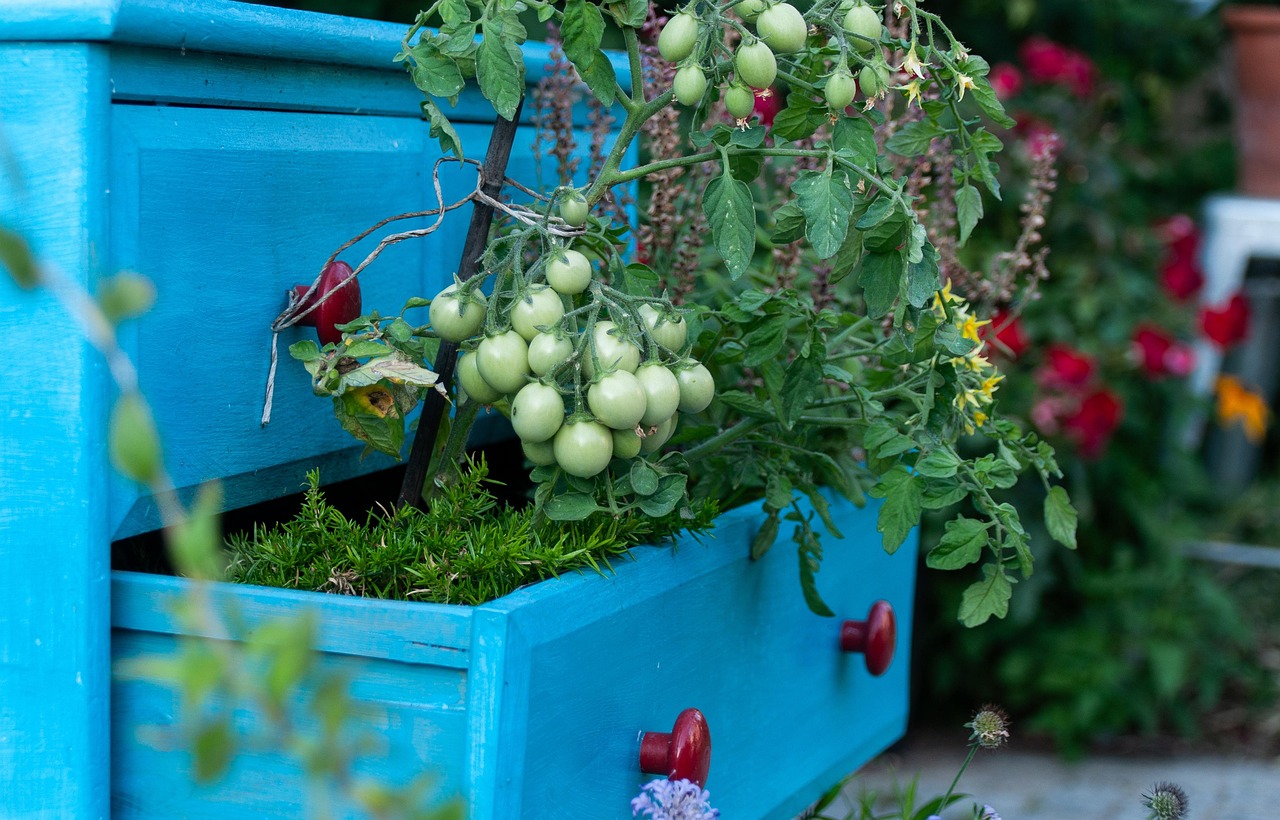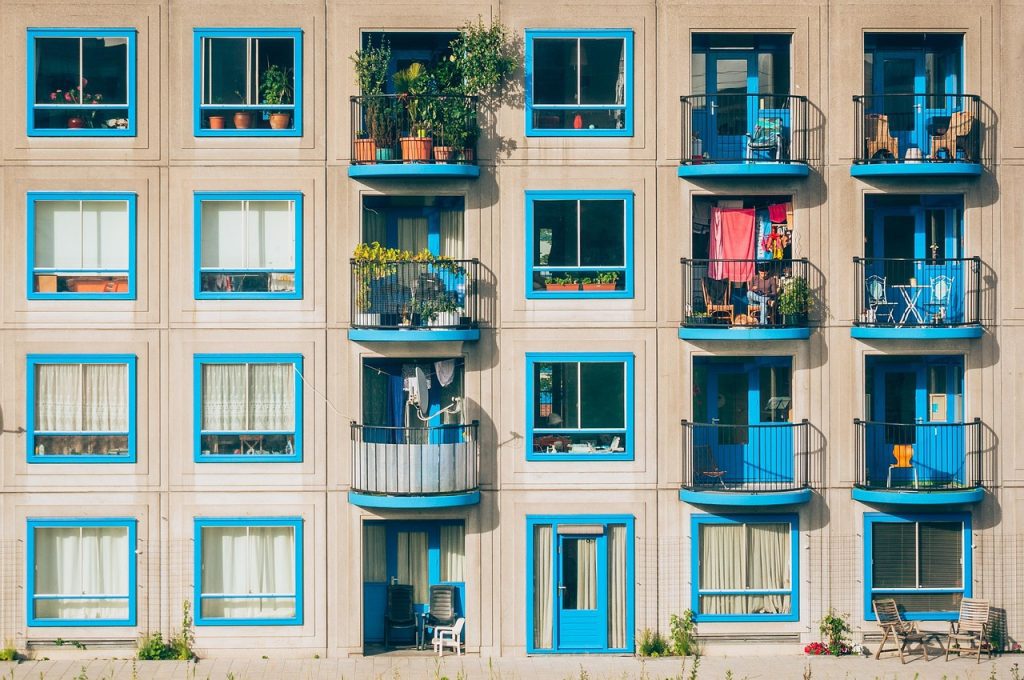Think you need a big backyard to grow food? Think again. If you live in a tiny apartment or a house with a modest rooftop, you can absolutely grow fresh, organic food in small spaces.
It’s not just possible — it’s practical, affordable, and surprisingly satisfying.
With just a little sunlight, a few containers, and some patience, you can grow herbs, veggies, fruits, and even edible flowers right where you live.
Balcony gardening, rooftop gardening, and windowsill setups are smart solutions for anyone who wants healthier food, less waste, and a more sustainable lifestyle.
Let’s walk through exactly how to do it, step-by-step.
Why Grow Your Own Food in Small Spaces?
Before we get our hands dirty, let’s talk about why this matters:
- You cut down on food miles. That tomato you grow on your balcony doesn’t travel 2,000 km to reach your plate.
- You reduce plastic packaging. No more grocery store veggies wrapped in plastic.
- You save money. A packet of seeds costs less than one bag of herbs.
- It’s good for your mental health. Gardening is proven to reduce stress and improve mood.
- You control what goes into your food. No pesticides, no chemicals – just food, grown your way.
First Things First: Understand Your Space

Small space gardening isn’t about working harder – it’s about working smarter. Let’s start by looking at what you’ve got:
1. Check Your Sunlight:
Most food crops need 4–6 hours of sunlight daily.
- South-facing balconies get the most sun
- East-facing spots get morning light
- West-facing ones get afternoon light
Tip: Stand in your space at different times to see where and when the sun hits.
2. Watch the Wind:
Rooftops and high balconies can be windy. Strong wind dries out plants and can damage them.
- Use bamboo screens, netting, or potted plants as windbreaks.
3. Know Your Weight Limit:
If you’re gardening on a balcony or rooftop, check how much weight the structure can safely hold.
Wet soil is heavy. Go for lightweight containers and use cocopeat-based soil mixes.
4. Water Access:
Is there a tap nearby? Will you carry buckets? Can you set up a water tank? This matters more than you think.
Choose the Right Containers (It’s Easier Than You Think)
You can grow food in almost anything that holds soil and drains water. Here’s what to consider:
– Best Container Types:
- Terracotta Pots: Breathable but heavy
- Plastic or Resin Pots: Lightweight, affordable
- Grow Bags: Flexible, breathable, and great for veggies
- Upcycled Containers: Old buckets, crates, even tyres (just make sure they’re clean and food-safe)
– Drainage is Key:
All containers must have holes at the bottom. Use stones or broken bricks at the base before adding soil.
– Match Size to Plant:
- Herbs: 6-8 inch pots
- Leafy greens: 8-10 inch pots
- Tomatoes, brinjal, chillies: 12-14 inch pots
- Root crops (carrot, beet): 12+ inch deep containers
What Can You Grow? Best Food Crops for Small-Space Gardening
Don’t overthink it. Grow what you eat regularly.
– Easy and Fast-Growing Plants:
Leafy Greens:
- Spinach
- Lettuce
- Amaranth
- Kale
Herbs:
- Mint
- Basil
- Coriander
- Curry leaves
- Thyme
- Rosemary
Fruits & Veggies:
- Cherry tomatoes (they love containers!)
- Green chillies
- Beans (climbing types save space)
- Radishes
- Eggplant (compact varieties)
- Dwarf cucumber varieties
Root Crops:
- Carrots
- Beets
- Spring onions
Bonus:
- Lemongrass, ginger, turmeric — all can thrive in pots.
Choose crops based on your climate and season.
Use Vertical Gardening to Maximize Space
No room on the ground? Go up!
– Vertical Gardening Ideas:
- Trellises: Grow cucumbers, beans, gourds
- Hanging Planters: Perfect for strawberries, herbs, cherry tomatoes
- Wall Planters: Attach small pots to a wooden or metal grid
- Stacked Crates or Shelves: Arrange pots vertically to save floor space
- Pallet Gardens: Cheap, DIY-friendly option
Even railings can double as plant supports. Be creative.
Soil, Compost, and Fertilizers: The Secret Sauce
Good soil is everything. Here’s how to get it right:
– Best Soil Mix for Containers:
- 40% garden soil or red soil
- 30% compost (homemade or store-bought)
- 30% cocopeat or sand for drainage
– Make Your Own Compost:
You can make your own compost and turn your kitchen waste into gold. Use a compost bin or bucket with a lid. Add dry leaves to balance the wet waste.
Want to go pro? Try vermicomposting or bokashi composting.
– Natural Fertilizers:
- Banana peel tea (soak peels in water overnight)
- Compost tea
- Wood ash (sparingly)
- Fermented rice water
Avoid chemical fertilizers. Your food (and your soil) will thank you.
Smart Watering in Small Gardens
Container plants dry out faster than ground soil.
– Watering Tips:
- Water early morning or late evening
- Check soil moisture before watering
- Use mulch (dry leaves, hay, or coco husk) to keep soil moist
- Install simple drip irrigation or self-watering planters
Conserve water by using greywater (water from rinsing rice or vegetables).
Pest Control Without Chemicals
Yes, pests happen. But no, you don’t need to spray chemicals.
– Natural Ways to Keep Pests Away:
Here are some natural insecticides to keep pests away:
- Neem oil spray: Safe, effective, and natural
- Soap spray: Mix mild dish soap with water
- Garlic-chilli spray: Blend garlic and chillies with water and spray
- Marigolds: These flowers repel aphids and nematodes
Check plants regularly. Remove infected leaves. Use nets to keep bugs out.
Maintenance Tips: Keep It Simple
You don’t need hours every day to keep your mini-farm running.
– Quick Daily/Weekly Tasks:
- Water plants (daily or as needed)
- Harvest often (it encourages growth)
- Remove weeds or dried leaves
- Check for pests or diseases
- Add compost/fertilizer every 2–3 weeks
Set a routine that works for you. Even 15 minutes a day is enough.
Bonus: Grow Food Indoors with Limited Light
No balcony? No rooftop? No problem. You can still grow some food indoors.
– Indoor Food Crops:
- Microgreens (ready in 7–10 days!)
- Lettuce
- Mint
- Basil
- Green onions (regrow from roots in a glass of water)
Use grow lights if natural light is limited. LEDs are energy-efficient and effective.
Final Thoughts
You don’t need to be a gardening expert. You just need to start. Pick one pot. Plant some seeds. Watch them grow. It’s that simple.
Growing your own food in small spaces is more than a hobby — it’s a quiet form of independence, health, and joy. And every leaf you grow is one less piece of plastic, one less food mile, one more step toward a more sustainable life.
You’ve got this. Your tiny space is more than enough.
